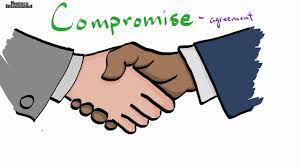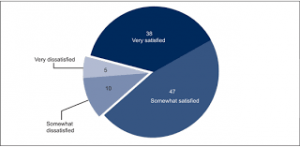The Three-Fifths Compromise
The land and impassable barriers along the Isthmus gradually disappeared and the sea water entered houses, fields, and grottoes. People were exposed to sunlight for the first time that came to their doorstep.
In 1551, King Charles VI of Spain sent a Spanish expedition of 200 Spanish soldiers to try and stop the Spanish missionary led by Vicente Guerrero. They advanced as far as Hugoton. 취필모 The next year an Englishman Juan Ponce de Leon sailed to the Gulf of Mexico, captured two island groups, and returned to Florida.
During this time, the English already had settlements in Florida and the Spanish had decided not to attack England’s allies. However, in 1558 the educator Thomas Maitland, and the Baptist Samuel Wales were appointed to go to England and convert the neutral Lord Cecil of Chisle, who was in exile in London, and the lord of the manor of Micanoff in the Border Marches. According to the Pendarner newspaper of Jersey, Lord Cecil Walden was angered by the Spanish raid and sent his brother, the Earl of Cardigan, to act as an English mediator between the two parties.
The mediator, in turn, chose John de Silentio, the Duke of York, to represent the Border Marches and the Scottish Border, while the Duke of York, Adam Griffith, acted as arbitrator of the dispute. The Gaelic Ulster merchants also brought their case against England. England’s Queen Mary had sent Sir James Steyres, an English merchant, to the capital to mediate the dispute.
When the two parties met, the representatives of the Border Marches and the Scottish Borderiners had a very difficult time discussing their grievances. The Border Marches sailors, who had been accustomed to living at or near the sea for generations, were extremely archaic in thinking and behavior and had not adapted to the aquatic life. Captain gigantic, for example, was so jealous of the oarsman’s position on a boat, that he continually tried to force him to retire.
The Presbyterian minister, Dr. Andrew Vella-Becraft, did everything he could to find a peaceful solution. He tried to bar the ships from embarking, on the grounds that the Presbyterian faith required that Christians should be ready to die for their religion. He also refused to pay the seamen for their services. Still, the British commander in the field, General Thomas Lord, was not ready to give up the blockade.
inally, in 1763, the British commander in the field, General Thomas Lord, fought the Scottish Border miners under the command of Sir Eric Davidson. Davidson was defeated. A new commander, Major-General John Napier, was appointed to conduct a military campaign in the area.
In the spring of 1765, the British attacked the Scottish forts, starting with the 1765 Battle of Forncha. The Cape Bretoners eventually were forced into retirement and the forts were burned to the ground.
border After the 1765 Battle of Forncha, the people of the Border Marches asked permission of Lord Napier to build a forts in the middle of the peninsula overlooking the city of Glasgow. The 1766 Treaty of Union Recognized the Scottish Border Regiment as the recognized regiment of the Rhode Island Regiment. The Union Jack was chosen as the standard for the regiment.
The banner was always associated with British and other British forces and therefore was more widely flown by troops of Great Britain, and later, the American colonies, than the Union Jack. It was the badge of an officer of the Border Marches.
After the Revolutionary War, the Border Flags Act of 1869 was passed by Parliament. It ruled that: “No person shall fly the flags of the United Kingdom or of the several kingdoms or states of the British Empire on any day, except on the occasions and in the manner authorized by law.”
The only other time the Union Jack wasn’t flown was during the two World Wars. The British flag was flown continuously from 1914 to 1920 because of the World War I and II. The British Empire ceased to exist in 1923, after which no flags from that era were flying. The World War II was the last time the Union Jack was used; unfortunately, it was not raised again after the war.
riers and staffs bearing the Union Jack (often written as “imposed ships”) are still flying on call to this day. They are appropriately marked with the Union Jack staffs and routed roses.
Many British military aircraft, such as bombers and troop transports, always carried out a “ward pass,” a formation just outside of the defensive line, to welfare soldiers and parade past. The rest of the crew wore the ensigns of their homeland.
Almost no military operation was conducted without the help of a Flag Day. Columbia
Did you know…colonial flag.



